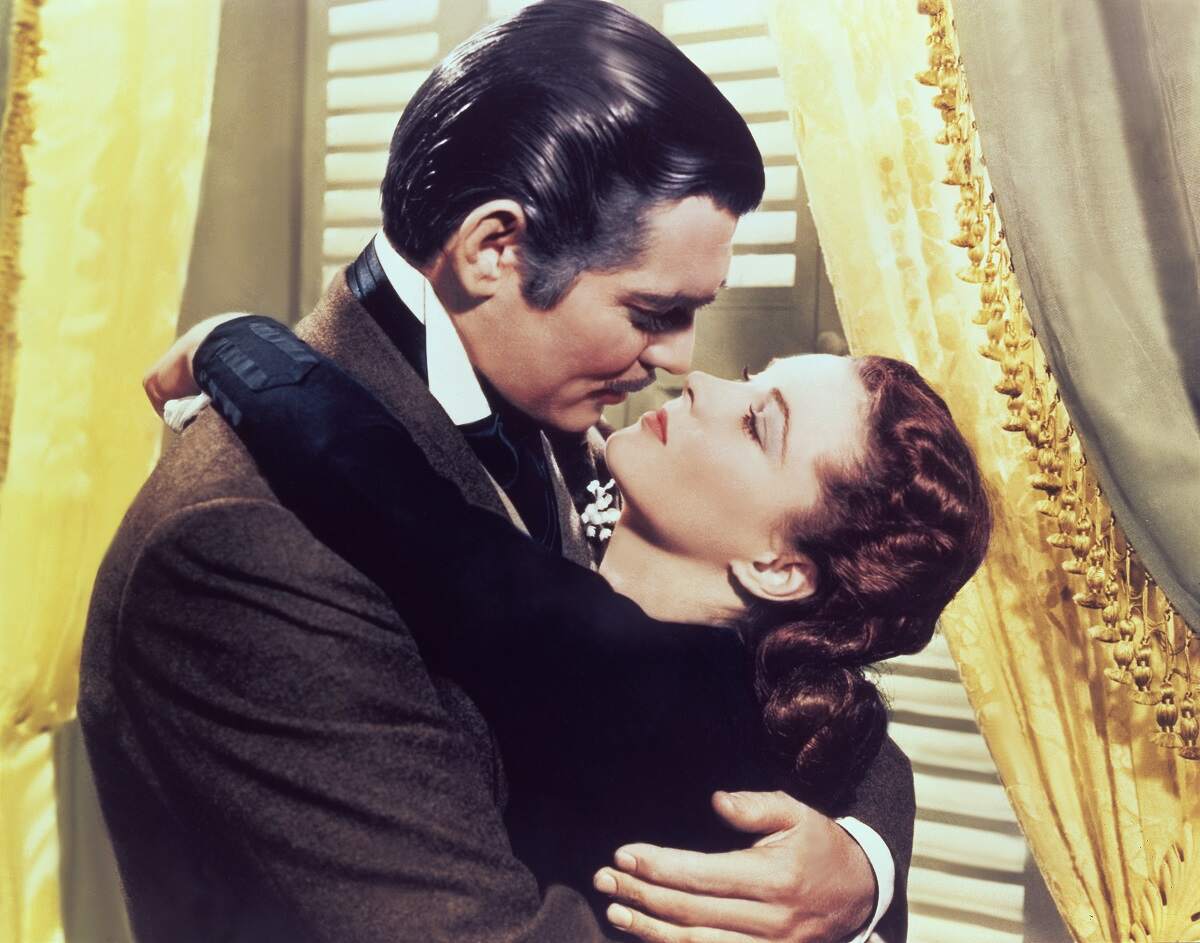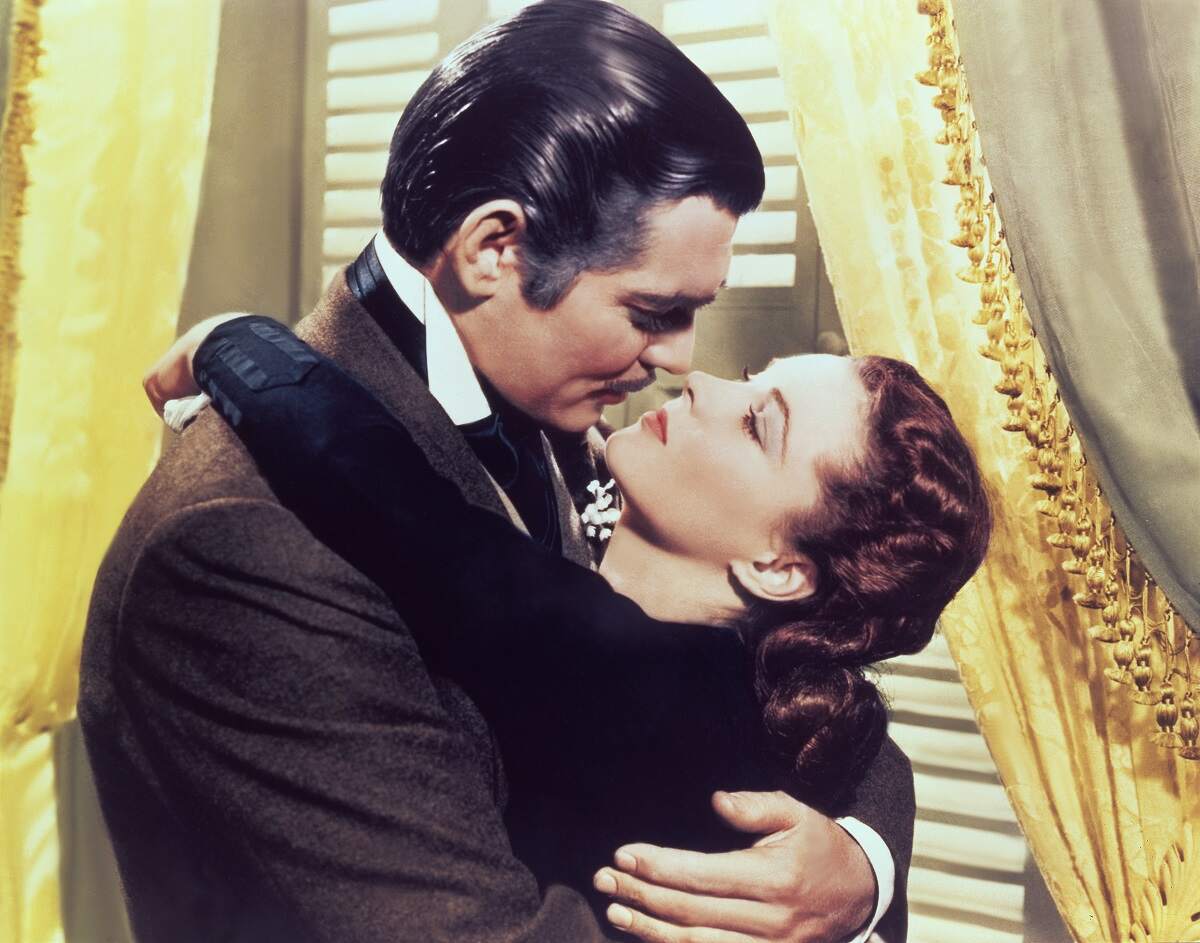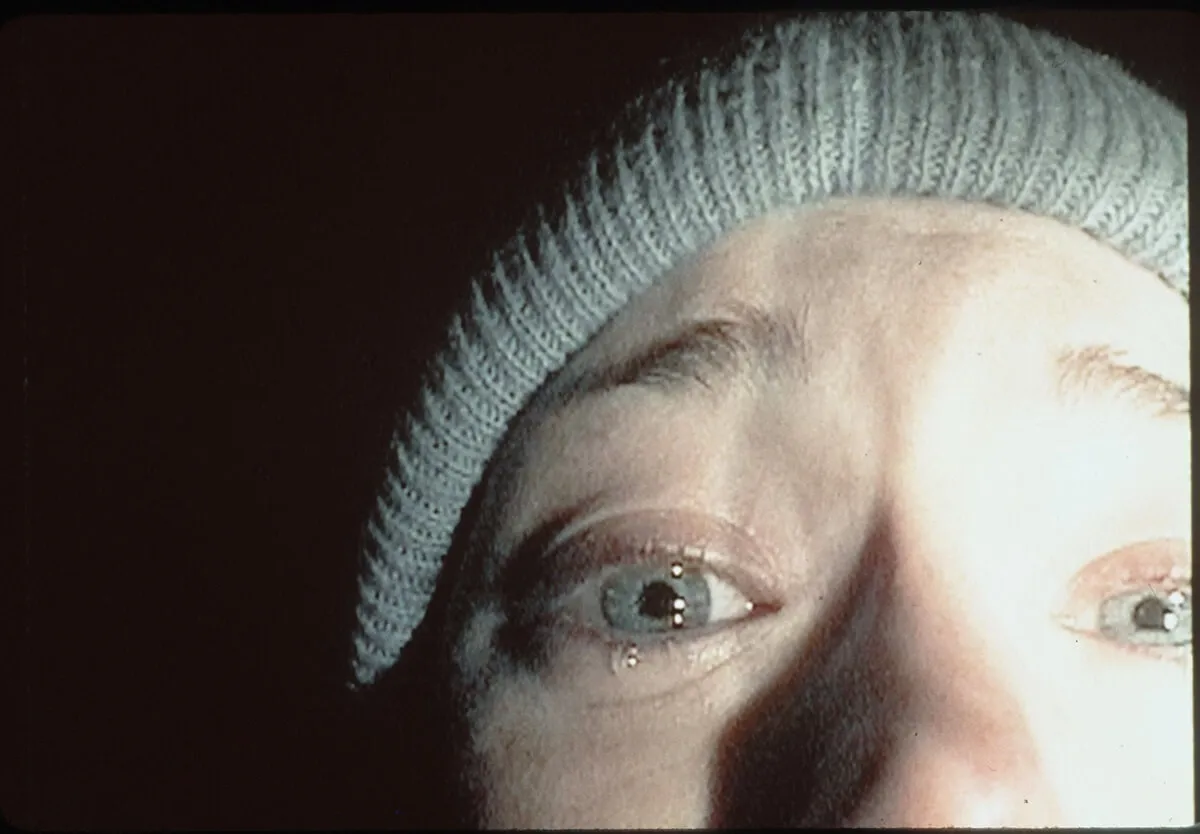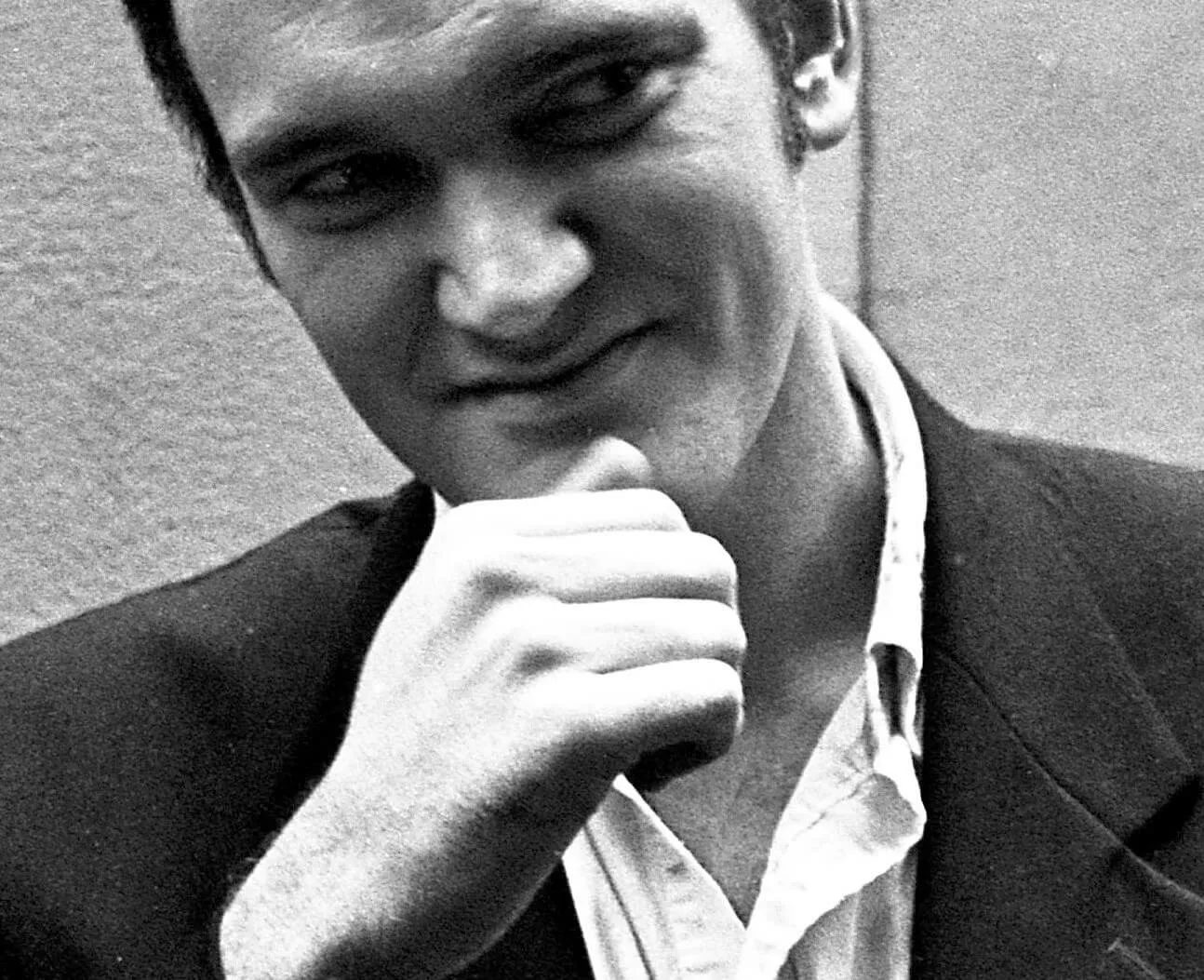
How Clark Gable Fought for His Black ‘Gone With the Wind’ Co-Stars on Set
Gone With the Wind is an iconic film from the early days of Hollywood, starring Vivien Leigh and Clark Gable. While the movie is still memorable today, it also is controversial. Part of the controversy has to do with the film’s portrayal of Black people and slavery. Another problematic aspect involves what occurred during production. But Gable wasn’t happy with the segregation on set.
Segregation on the ‘Gone With the Wind’ set

Many areas of the country saw segregation in the 1930s, but a few places experienced integration. According to ReelRundown, Lennie Bluett came from an integrated neighborhood in Culver City. He began acting in small roles and became an extra for Gone With the Wind.
When he arrived on set, Bluett came face to face with segregation practices. There were dozens of portable toilets for the cast and crew. However, they either had the label “White” or had signs saying “Colored.” Some extras felt unsurprised when seeing things like this, but not Bluett.
Bluett tried to talk to the older Black actors about the situation. Even if the actors wanted to change things, they did not want to risk their jobs and paychecks. Nevertheless, Bluett did not wish for the presence of racially separated toilets to continue and kept asking others to protest.
A few experienced cast members eventually gave in, and two extras joined them. But Bluett did not stop there. He raised his concerns to one of the film’s main stars.
Clark Gable demanded the ‘Gone With the Wind’ director end the segregation
Bluett approached Gable in his dressing room, which was bold for an extra at the time. The star allowed him in. Bluett showed him the segregated toilets, and Gable also became angry with what he saw.
According to BuzzFeed, Gable came to Bluett’s defense. He reportedly contacted director Victor Fleming and the property manager. Gable stated, “If you don’t get those goddamn signs down, you don’t have a Rhett Butler on this film.”
Gable was one of the most well-known Hollywood stars and could use his fame to his advantage. The director likely could not find anyone else who would give the same performance as him. Therefore, he complied with Gable’s demand.
The toilets no longer had the signs, and there were no other reports of segregation on set. However, people have noticed other issues with Gone With the Wind regarding race.
Other issues with ‘Gone With the Wind’
Segregation may have ended on set, but it was not the last instance for its cast members. The premiere did not welcome Black actors, and Gable threatened a boycott. The film itself also had its problems with race.
The 1936 book Gone With the Wind received multiple bans for racial slurs. Likewise, people criticized the movie for the same offense. Furthermore, the film has become controversial for its depiction of Black people.
While filming, organizations like the NAACP worried the film would demean black people. After the movie’s release, viewers noted how slavery was more in the background. There is less focus on the horrors of slavery, and slaves appear happier and more obedient.
Due to its depictions, HBO removed Gone With the Wind from its library. The company put it back on with an introduction that adds historical context. The beginning makes viewers aware of the concerns people have had over the decades.


